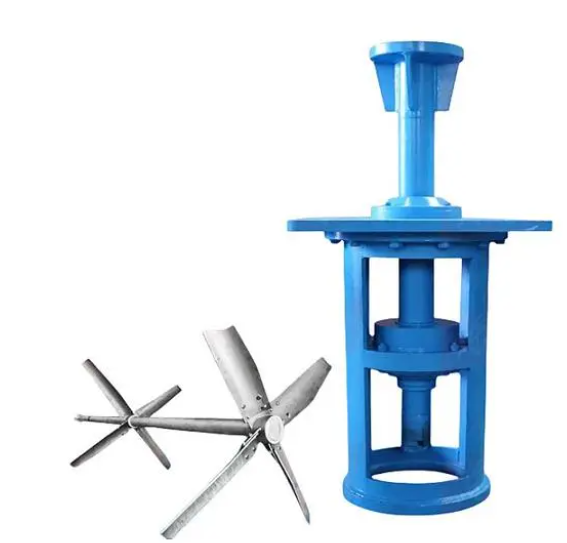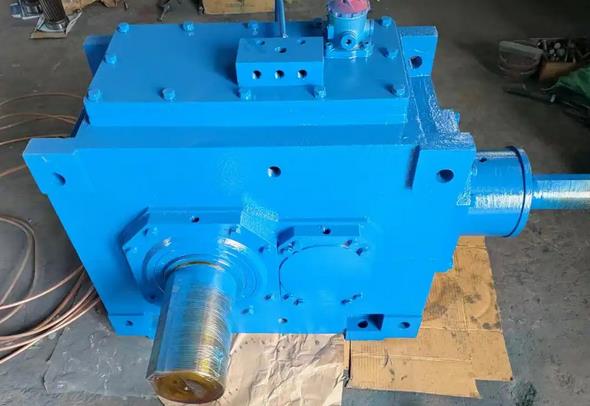Reducer for mixer, large carrying capacity, low noise, electromechanical equipment

In the vast field of modern industrial production, the mixer, as a key equipment for mixing and stirring materials, directly affects the overall operation and product quality of the production line in terms of its performance and efficiency. The reducer used in the mixer, as an indispensable core component in this system, its load-bearing capacity and noise control level are important indicators for measuring its quality. This article will delve into how reducers for mixers can achieve high load-bearing capacity and low-noise operation, and explain their important role and application value in electromechanical equipment.
###1、 The structural principle and function of the reducer for mixers
The reducer for mixers, as the name suggests, is a reduction transmission device designed specifically for mixers. It converts the high-speed rotation of the motor into the low-speed high torque output required by the mixer through transmission components such as gears, worm gears, etc., to meet the mixing needs of different materials. Its compact structure, reasonable design, and ability to operate stably in harsh working environments are the key to the efficient operation of the mixer.
The function of a reducer is mainly reflected in two aspects: first, to reduce speed and increase torque, ensuring that the mixer has sufficient power to mix various materials; The second is buffer protection, which reduces the impact when the motor starts and stops, and extends the service life of the motor and mixer.
###2、 The implementation path of high carrying capacity
The mixer places extremely high demands on the load-bearing capacity of the reducer when processing materials of different properties. To achieve high load-bearing capacity, multiple measures need to be taken in the design and manufacturing process of the gearbox:
1. * * Optimize gear design * *: High strength alloy steel materials are used to manufacture gears, which undergo precision machining and heat treatment to improve the hardness and wear resistance of the gears. At the same time, the module, tooth width, and tooth profile of the gears should be designed reasonably to ensure that the gears can maintain good meshing when transmitting large torque, reducing wear and vibration.
2. * * Reinforced box structure * *: The gearbox box body is made of cast steel or welded steel plates, and the internal reinforcement ribs are arranged reasonably, effectively dispersing and bearing the reaction force from gear transmission. The exterior design of the box takes into account heat dissipation performance to ensure stable temperature of the gearbox under long-term high load operation, avoiding performance degradation caused by overheating.
3. * * High precision bearings * *: High precision and high load-bearing capacity bearings are selected as supporting components to ensure the stability and reliability of the transmission shaft during rotation, reducing vibration and noise caused by bearing wear.
4. * * Intelligent Temperature Control System * *: Some high-end reducers are also equipped with intelligent temperature control systems, which automatically adjust the working status of the cooling system by monitoring parameters such as oil temperature and oil level, maintain a constant internal temperature of the reducer, and further enhance its load-bearing capacity.
###3、 Strategy for Low Noise Control
In industrial production environments, noise pollution has become an issue that cannot be ignored. The reducer used in the mixer is one of the important sources of noise, and its noise control level directly affects the working environment of the production site and the physical and mental health of employees. To achieve low-noise operation, the following strategies can be adopted:



